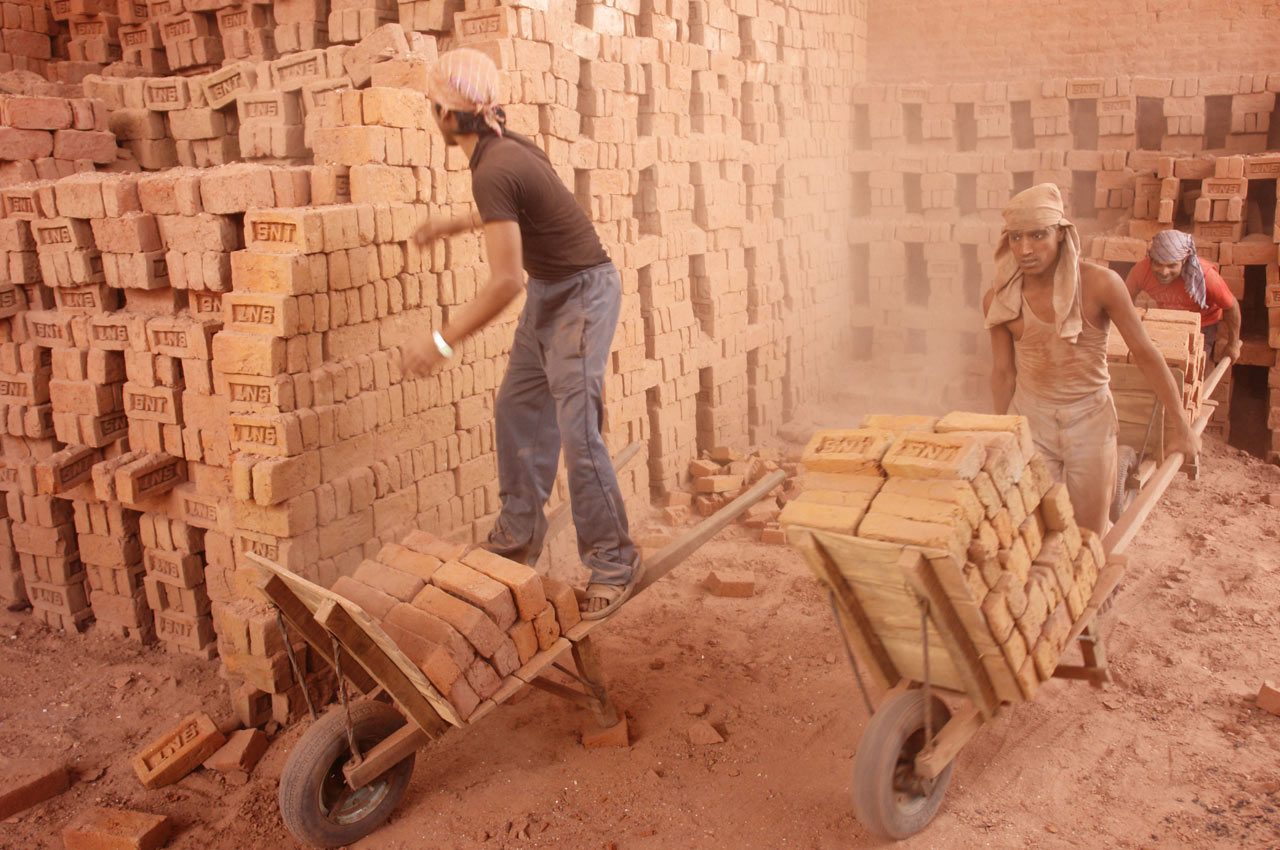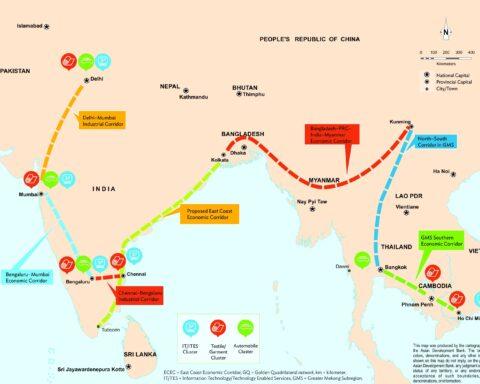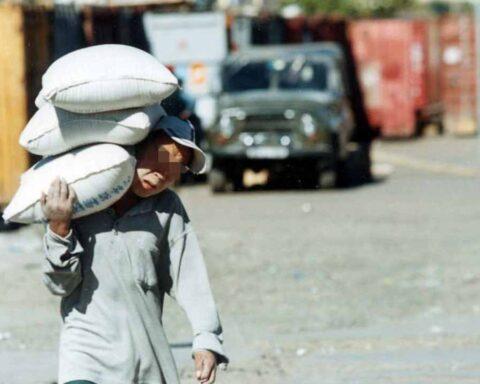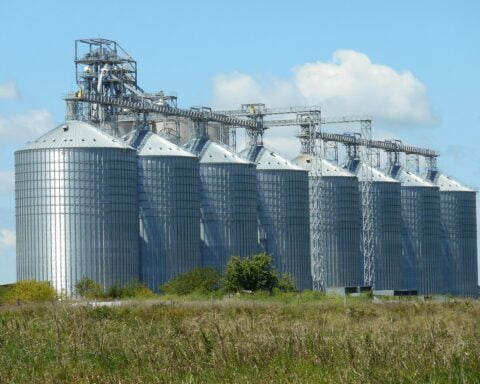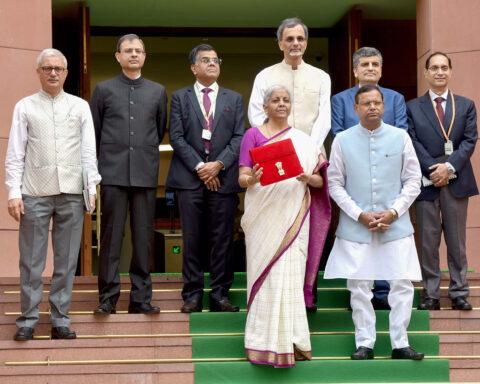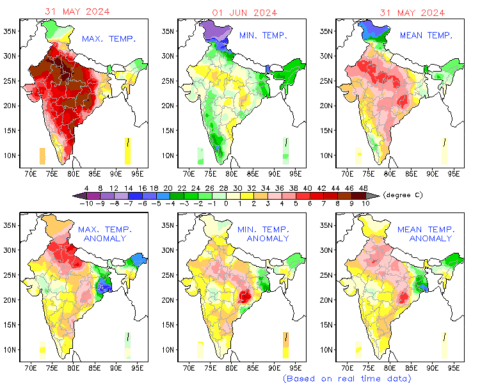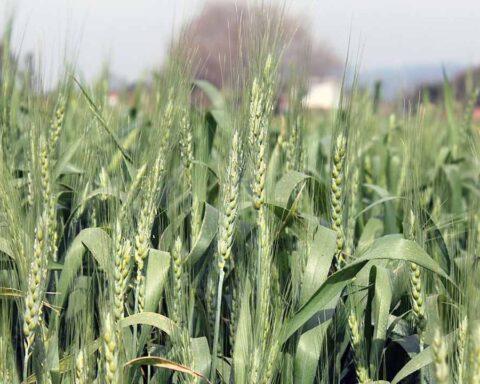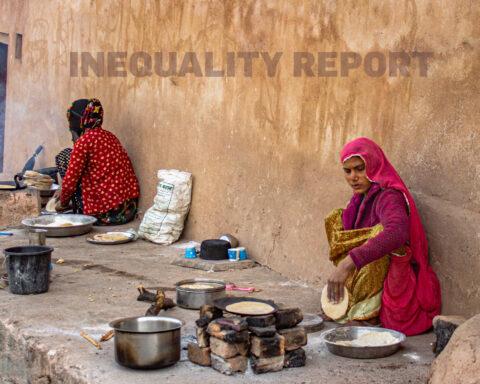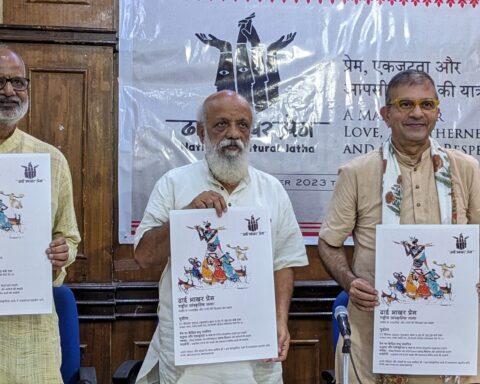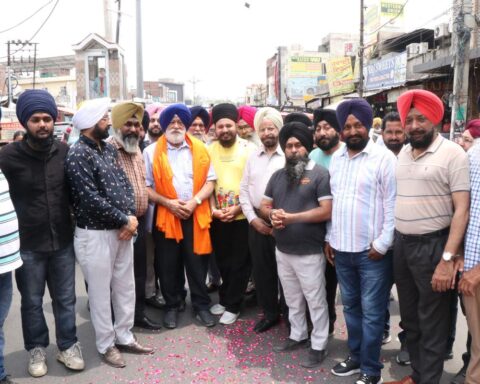Language has not been a barrier to inter-state migration, but the ruling Bhartiya Janata Party (BJP)’s espousal of Hindi and its intolerance of Opposition-ruled states not aligned with its Hindutva ideology could trigger political mobilization that would stoke nativist sentiment and impede migration.
The Economic Survey of 2016-17 in its chapter on migration, “India on the Move and Churning: New Evidence”, cited Bhimrao Ambedkar’s saying that “an ideal society should be mobile”. It also reported the “potentially exciting finding” for which there is tentative but “not conclusive evidence” that while “internal political borders” (or state boundaries) impede the flow of people, language does not seem to be a demonstrable barrier.
This is reflected in the fact, it said, that Labour flows within states are four times more than those between them. Distance from home influences migration negatively. But language barriers do not create barriers comparable to the movement of goods, it observed. “The prescient permissiveness of the founding fathers in not dictating a lingua franca for the country appears to have succeeded in making language less salient an axis of cleavage across India, a remarkable achievement given the early anxieties about linguistic divisions and people within India.”

